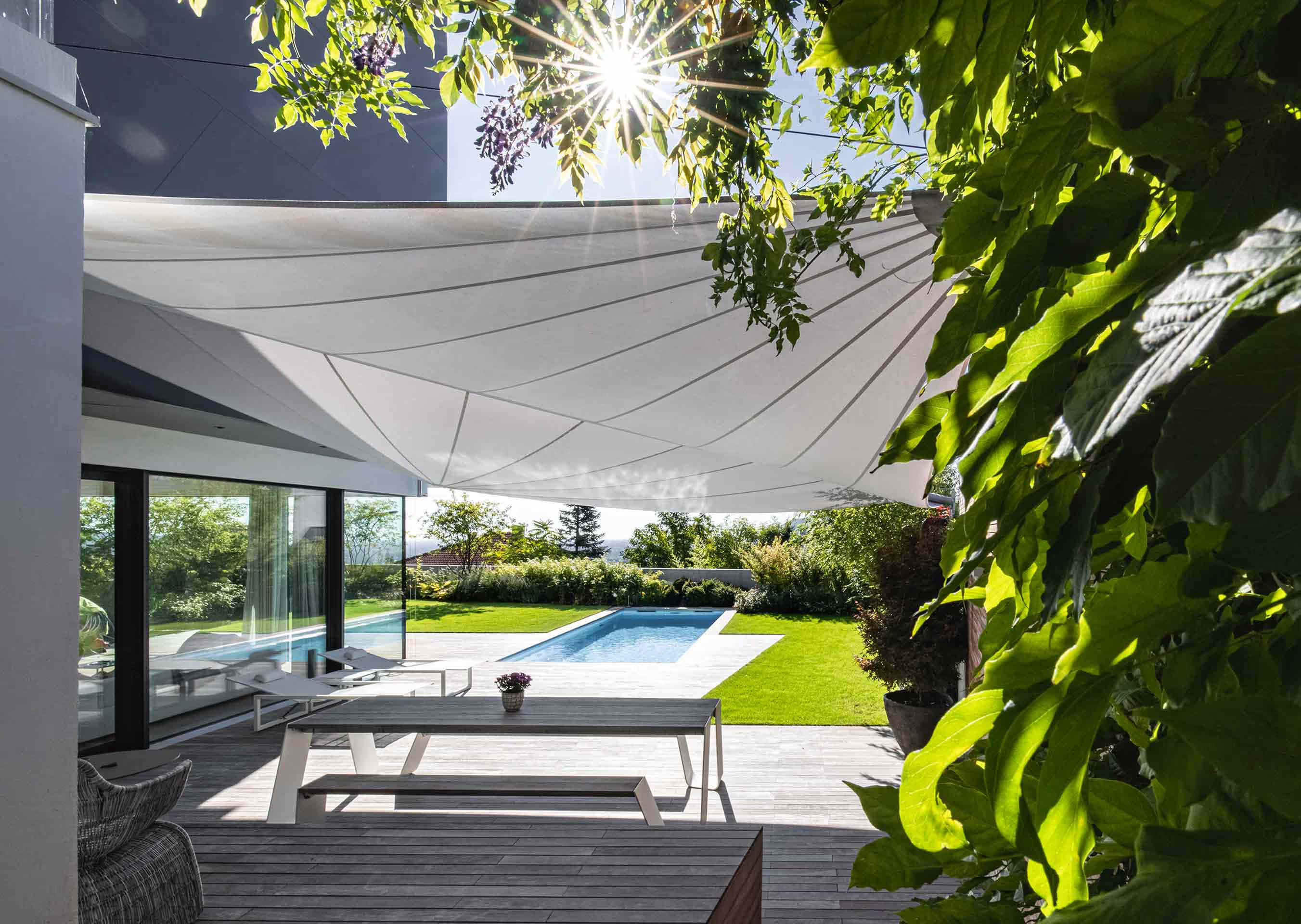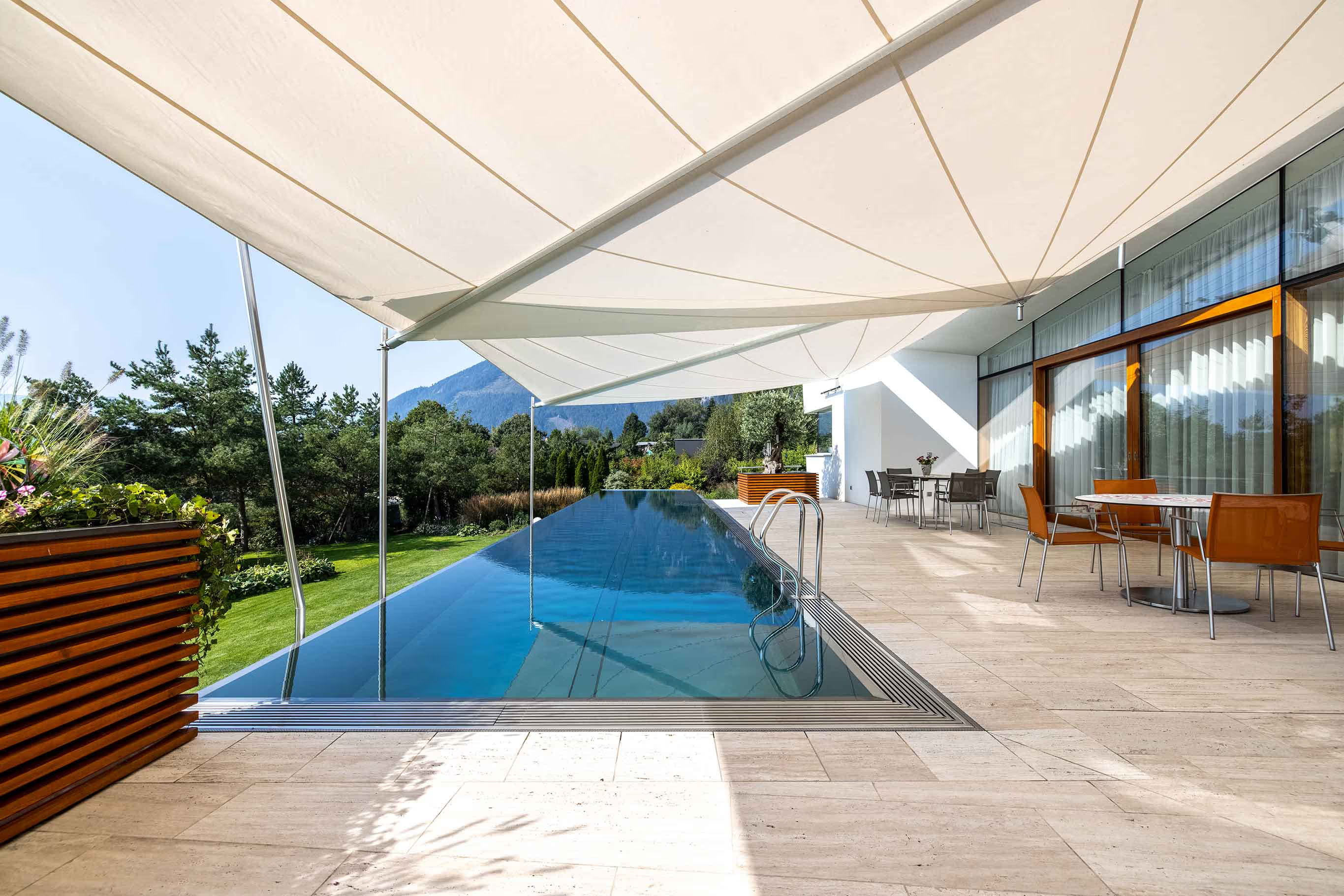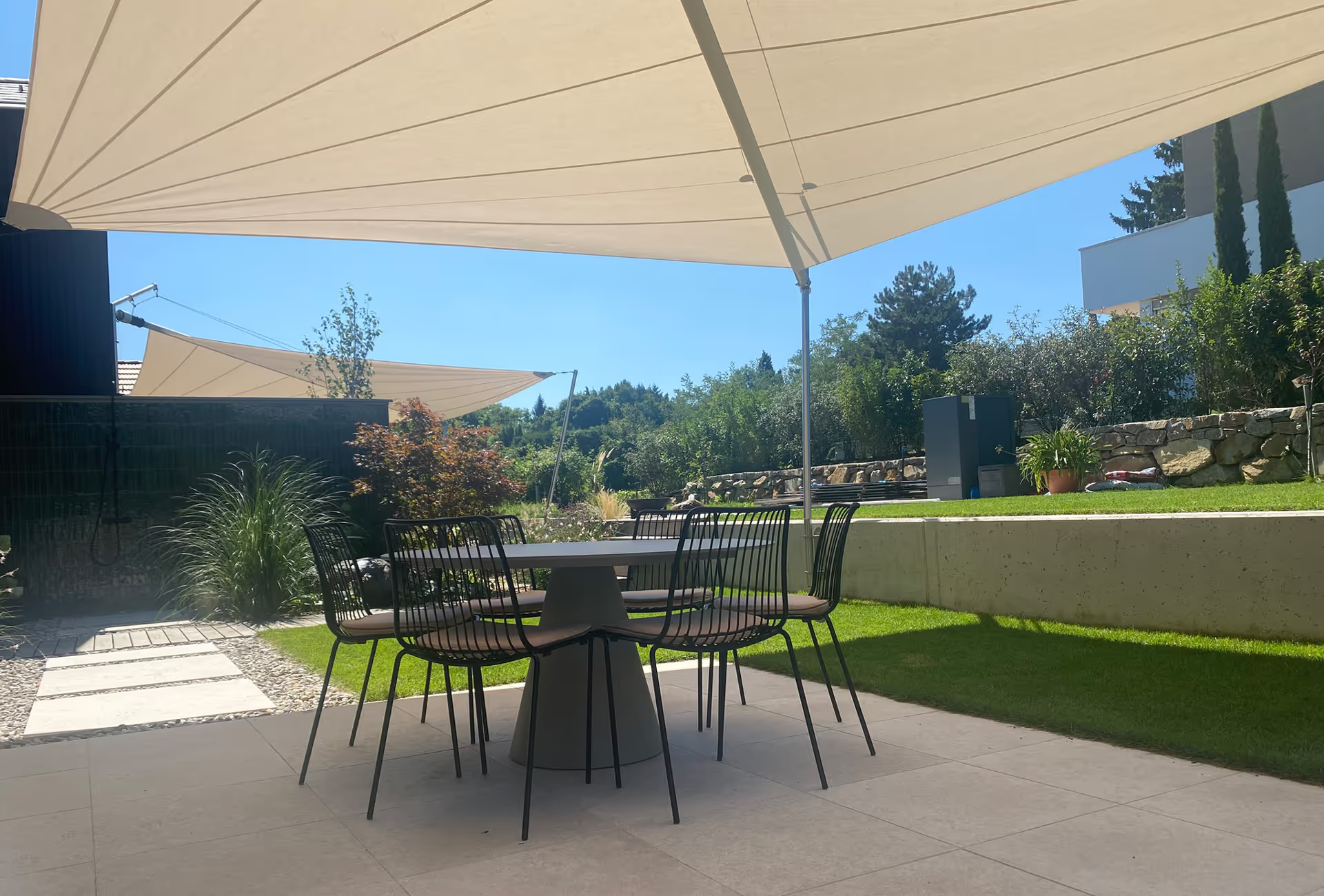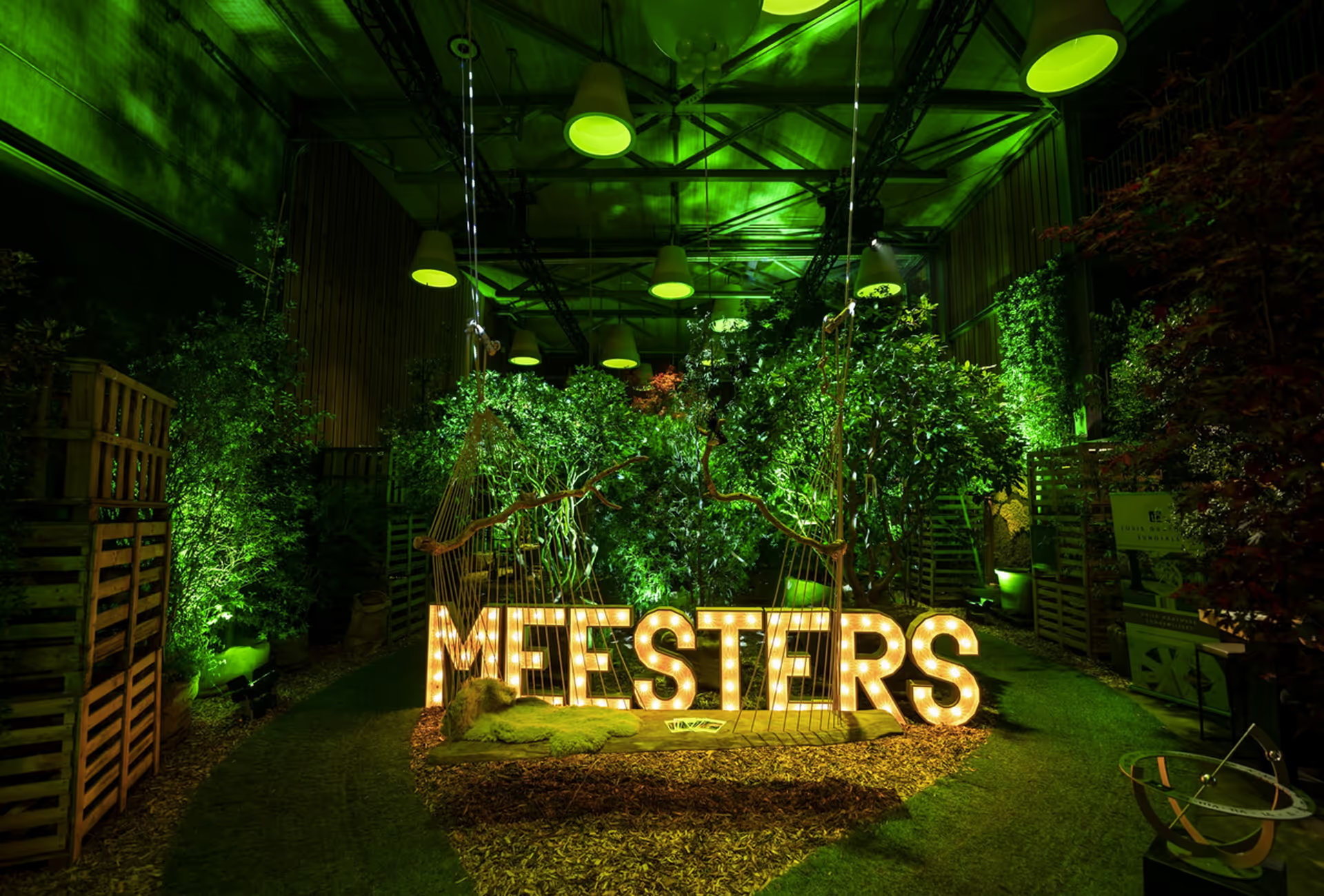News and events
Here you will find all the latest news about SunSquare, as well as trade fairs and events where you can meet our sales partners in person.
What drives us. What we drive forward.
Whether it's new projects, smart technology solutions or trade fair appearances – stay up to date here. For partners, architects and anyone who wants to know more.
SunSquare on Tour
Discover where you can meet SunSquare and our distribution partners in person at trade shows or events. Visit us, get inspired, and experience SunSquare up close.

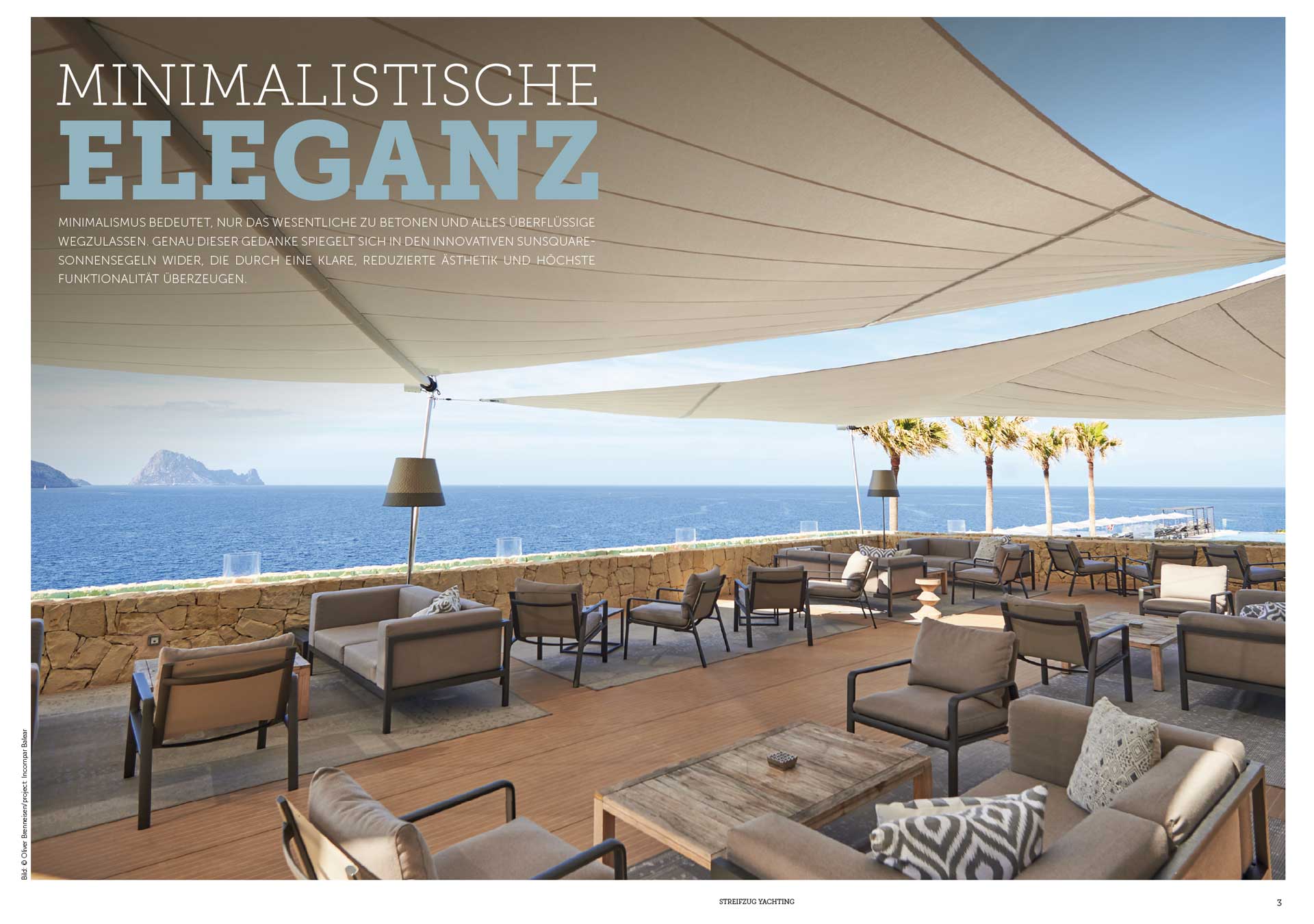
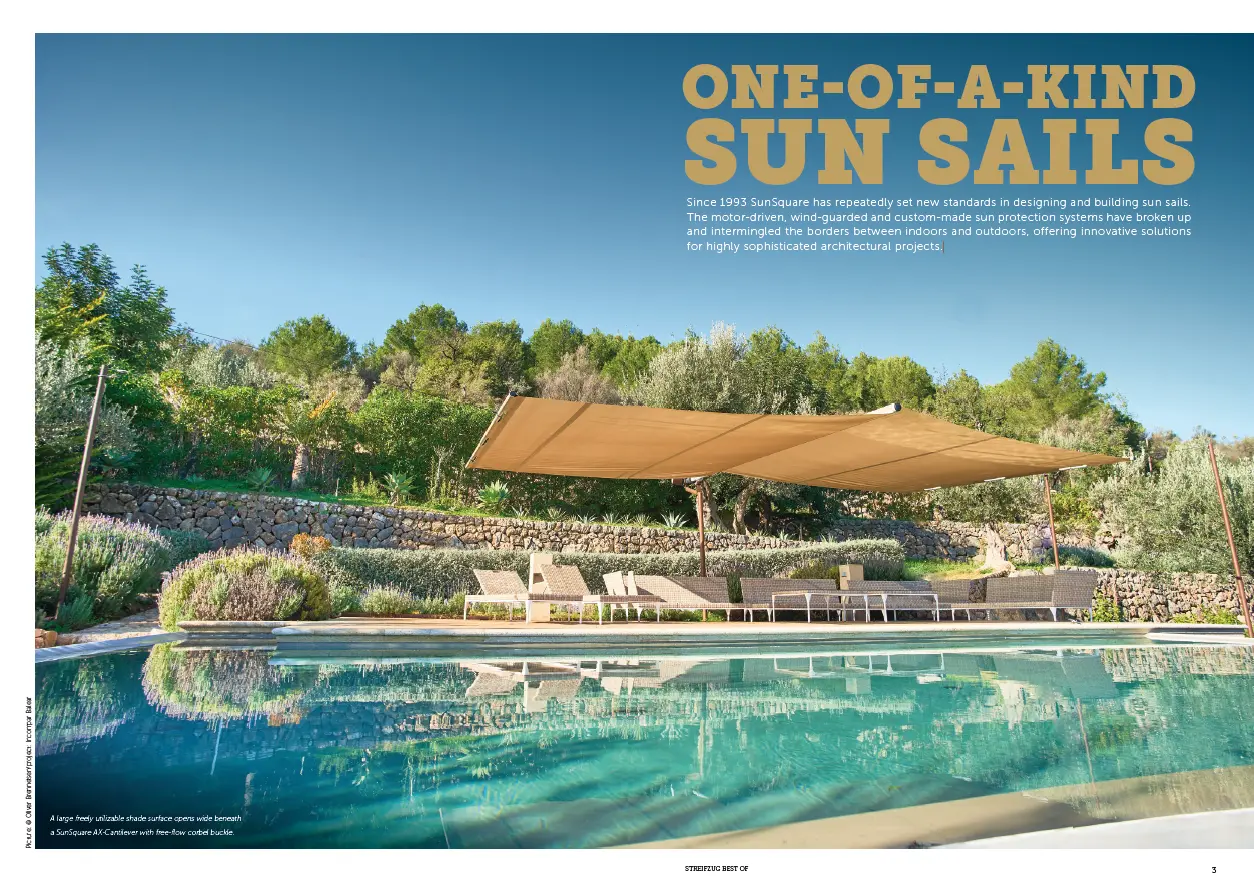

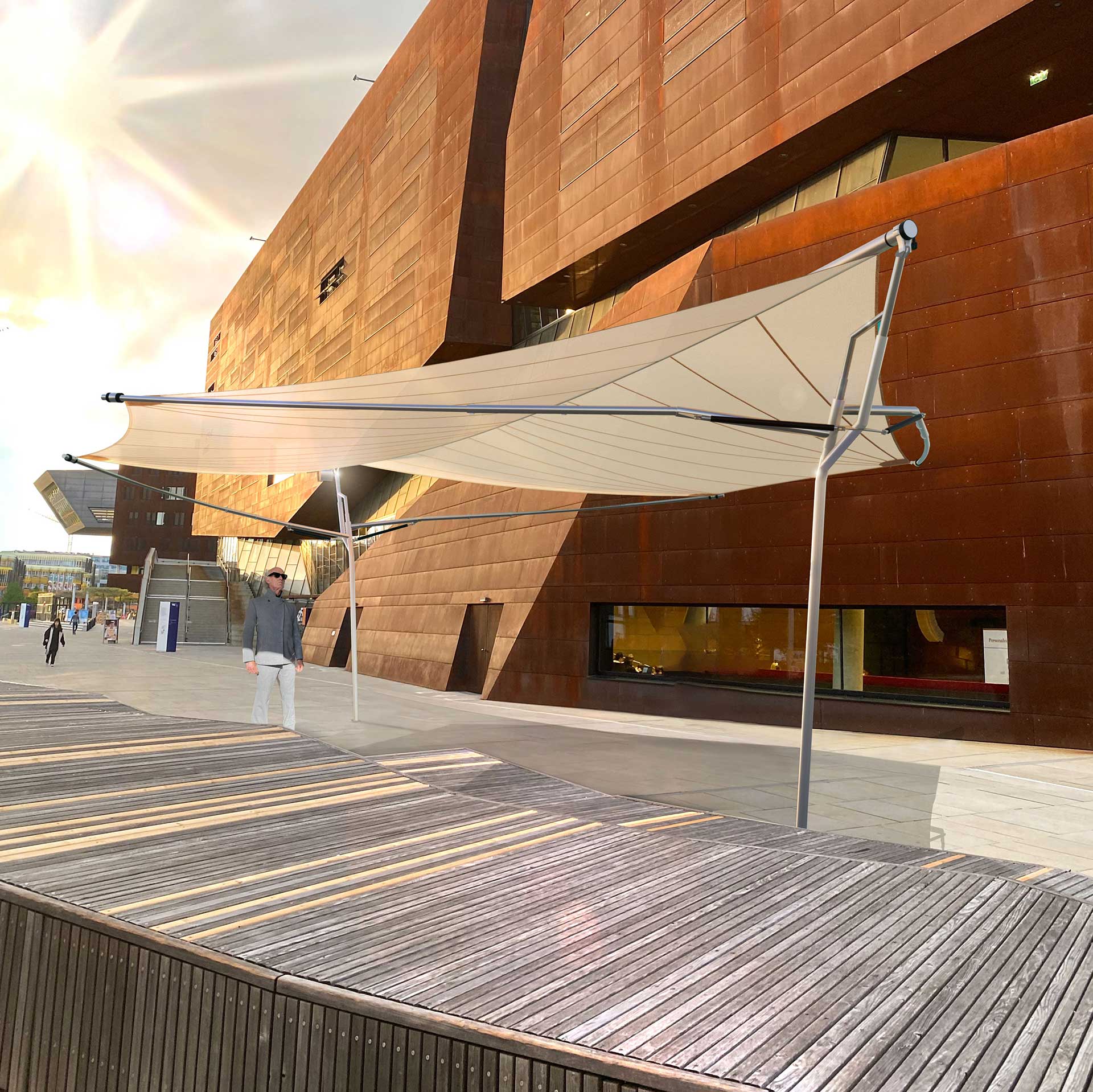
.avif)

